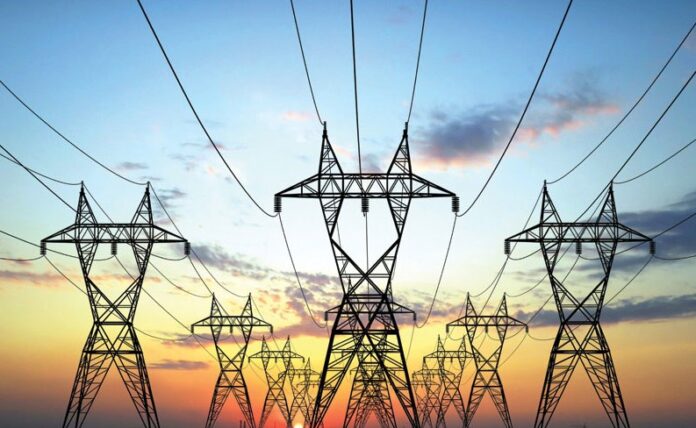Prime Minister Imran Khan has advised the restructuring of the country’s external loans. It is time to hit on to the energy sector IPPs mess when the iron is hot.
The capacity payment amounted to around Rs280 billion in 2016, and is around Rs900 billion in 2020 and is expected to reach Rs1,500-1,600 billion by 2024 in today’s PKR/USD value.
There are two ways to dilute capacity charges per unit:
To surge unit consumption
To reduce capacity payments by sitting on the negotiating table with IPP debtors.
Consumption is expected to face a downfall in the wake of coronavirus. The only way to settle this matter is to revisit the contracts. The revision of unrealistic contracts and payment structures of IPPs have already been done before the coronavirus outbreak, perhaps there is no other choice left. PPIB has called up 30 IPPs CEO to discuss heat rate test, foreign currency indexation, rescheduling the debt, and O&M cost.
Restructuring of repayments and other anomalies is the only way out. Otherwise, sooner or later, the country will default on its sovereign obligations to these IPPs. These contracts are quasi-debts that ensure a good return on equity in dollar terms.
For other developing economies the contract arrangements are less lucrative. Higher returns are guaranteed to private IPPs due to high risk. In a high-risk environment, there are days when you make high returns, and in others, you make losses. Some have been minting for years. It’s time to normalize the returns.
The government needs to be smart and come up with a better solution. Both government and private power plants are inefficient and issues are over with the equity and debt repayments cycle. In other words, the capacity payments are higher in their respective total payment but the savings from these would be Rs58 billion.
In the next few years, nuclear plants would have a capacity payment each of Rs100-125 billion per year. Furthermore, big hydel projects are coming up again owned by the government (WAPDA) with the estimated growth of Rs250-300 billion.
In addition, one RLNG plant’s capacity payment for March 2020 was Rs2.3 billion which generates Rs27.6 billion per year. Once these government plants are done and dealt with, the next step is to reconsider the CPEC coal projects. These coal projects are not only expensive but have a higher tax on the environment.



